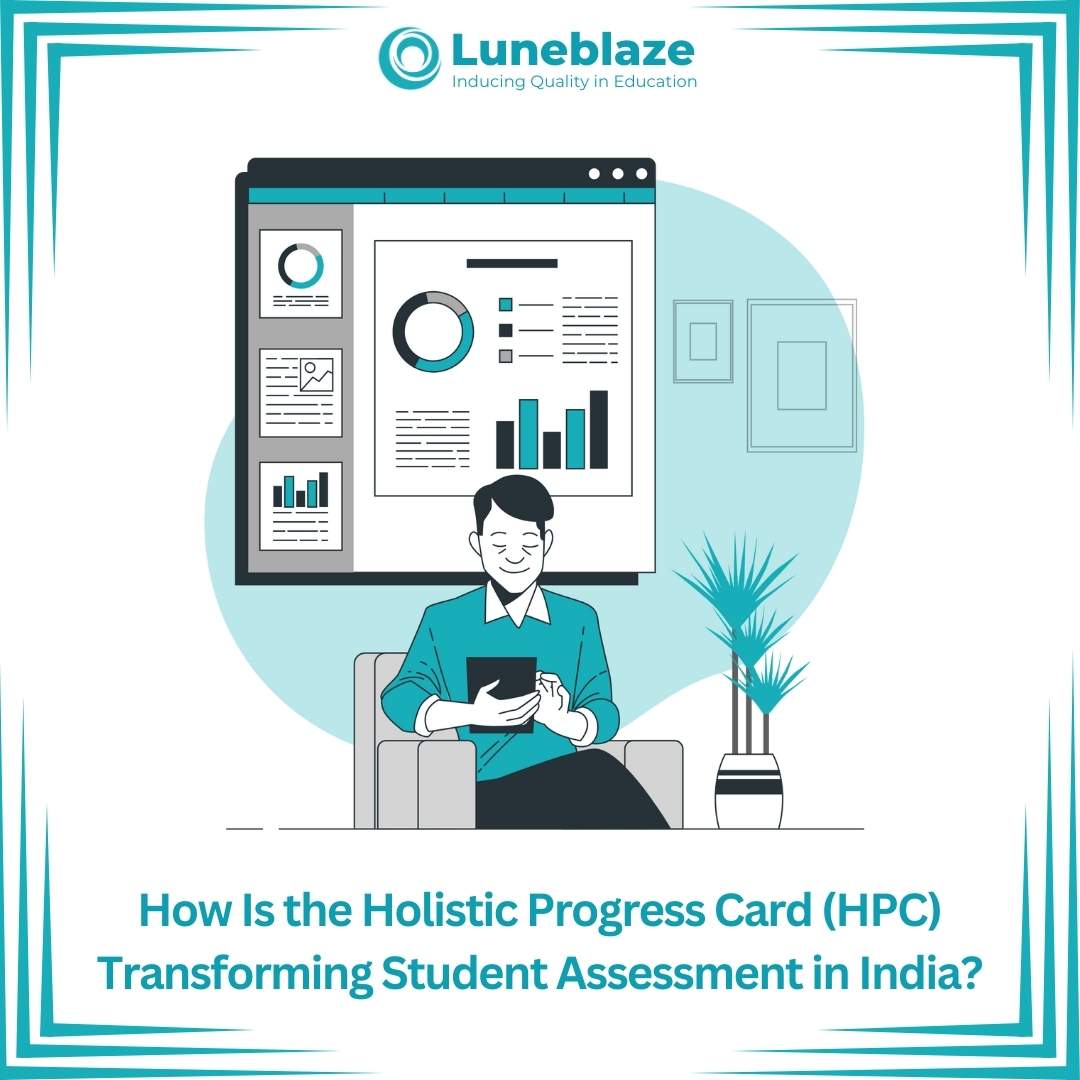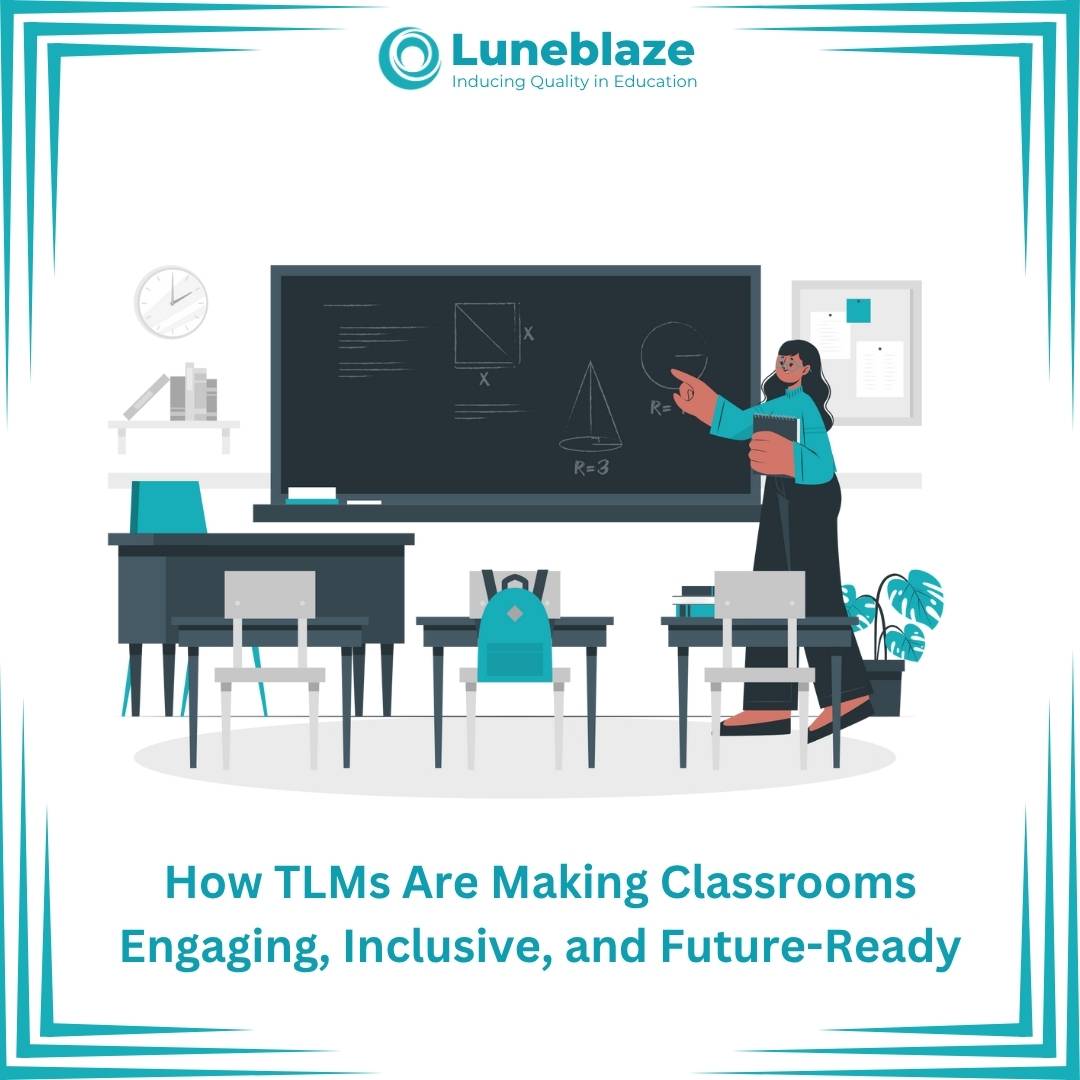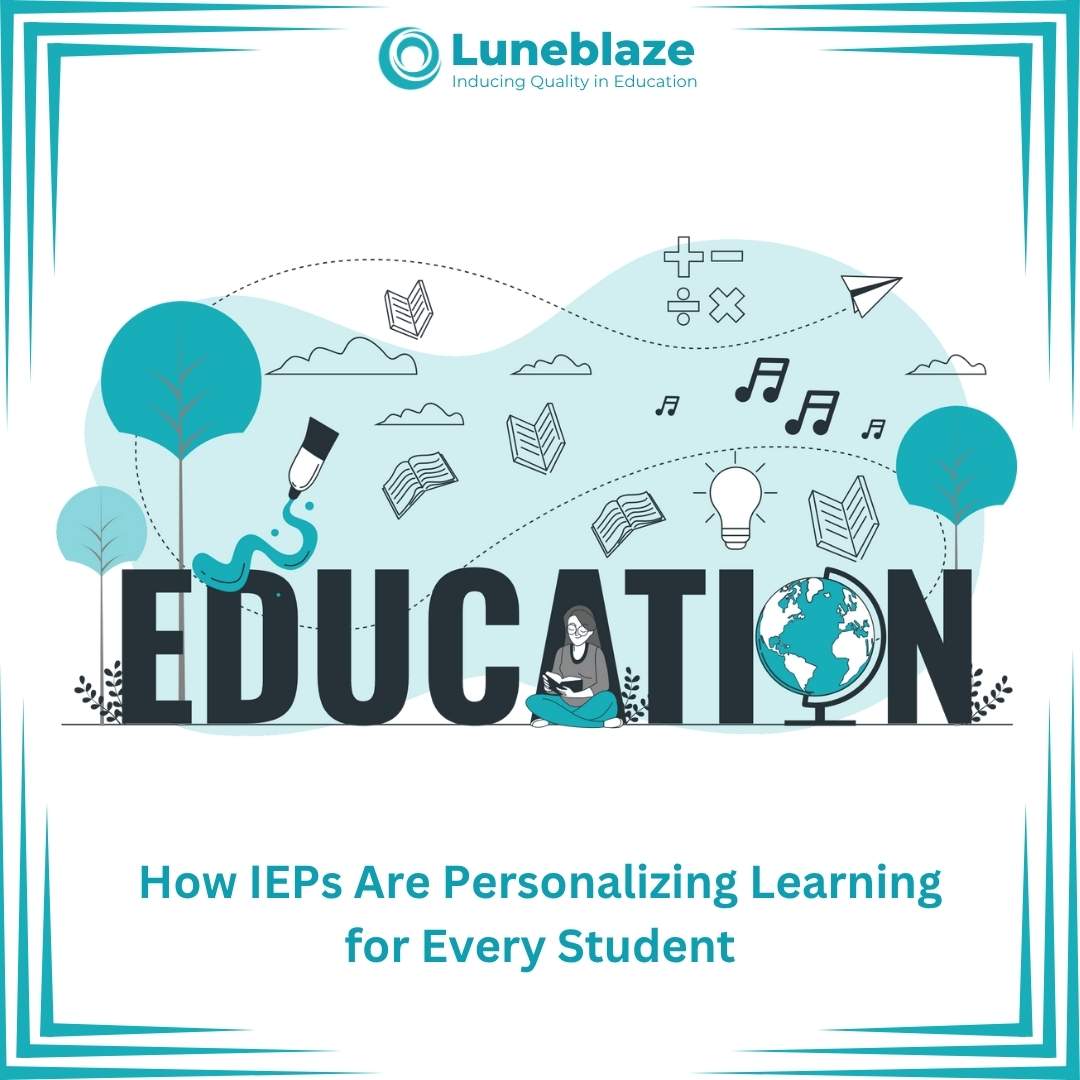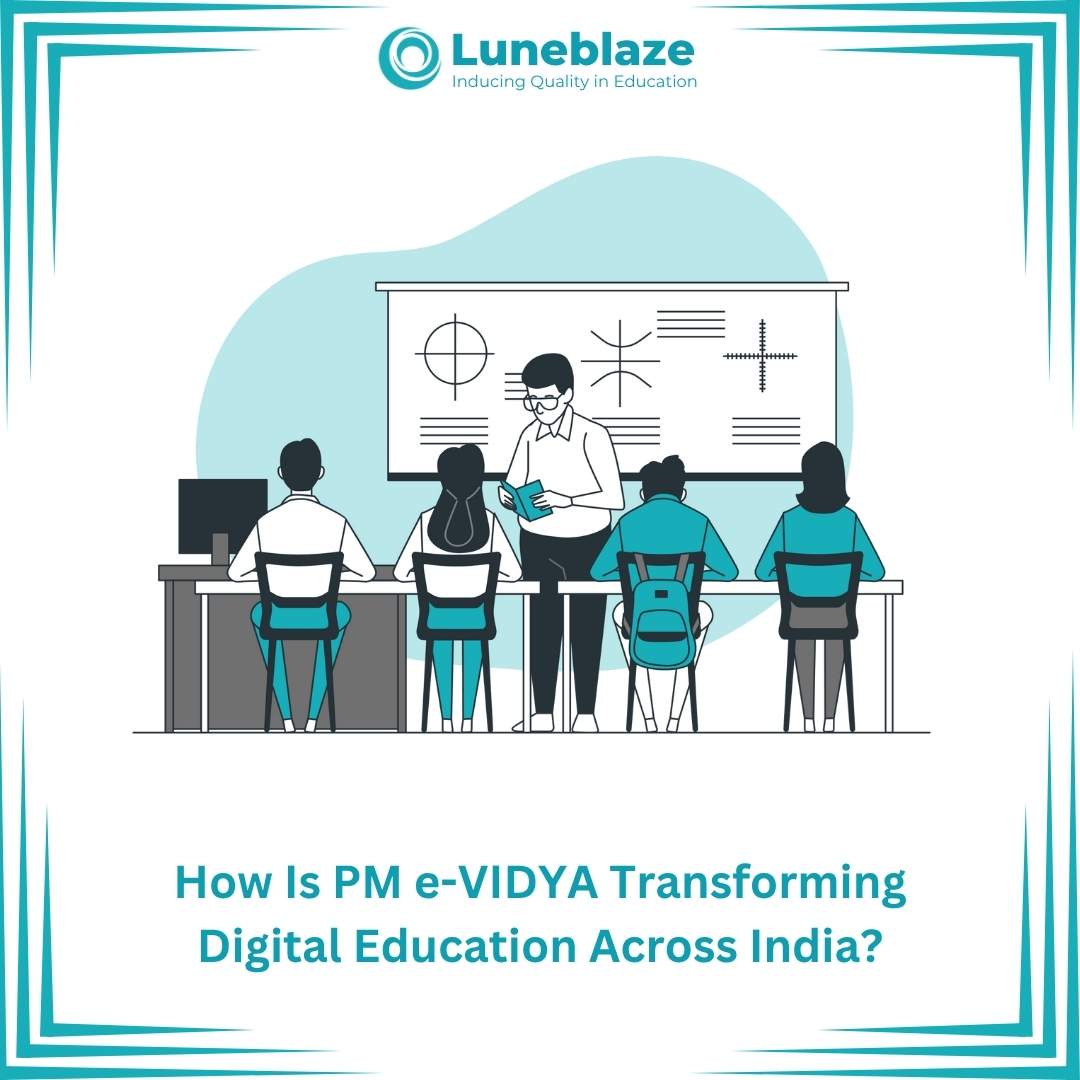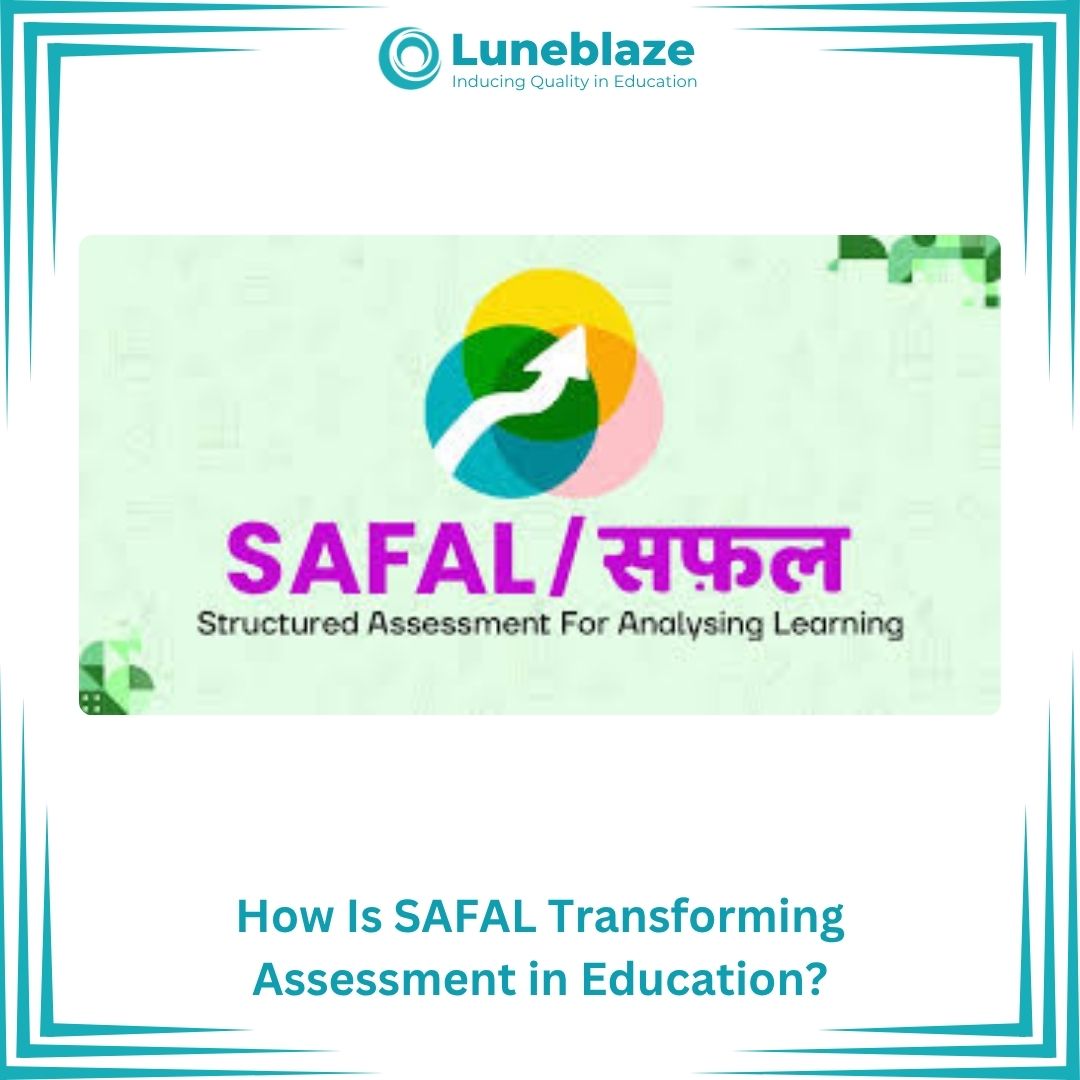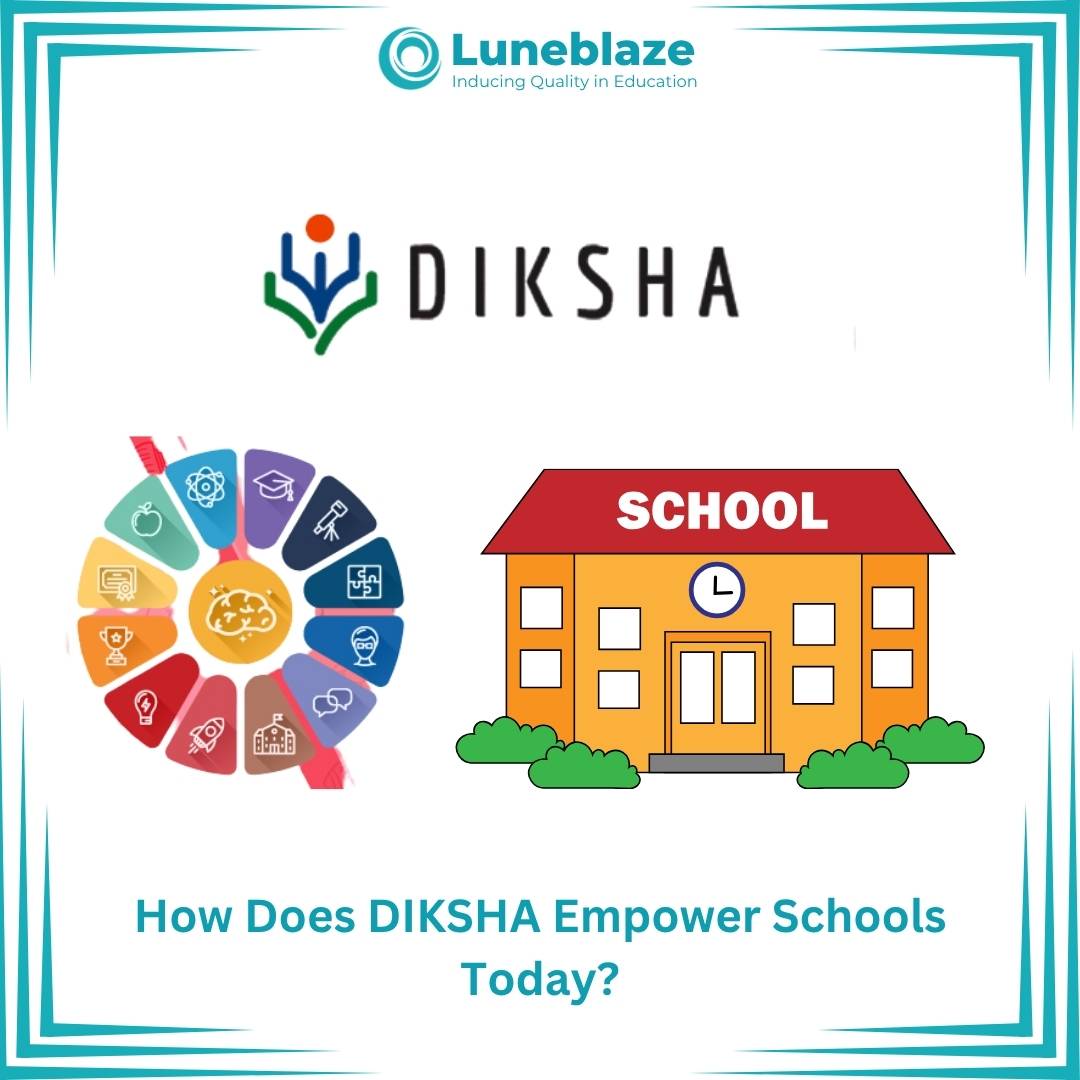Why Should Every School Tap into SWAYAM?
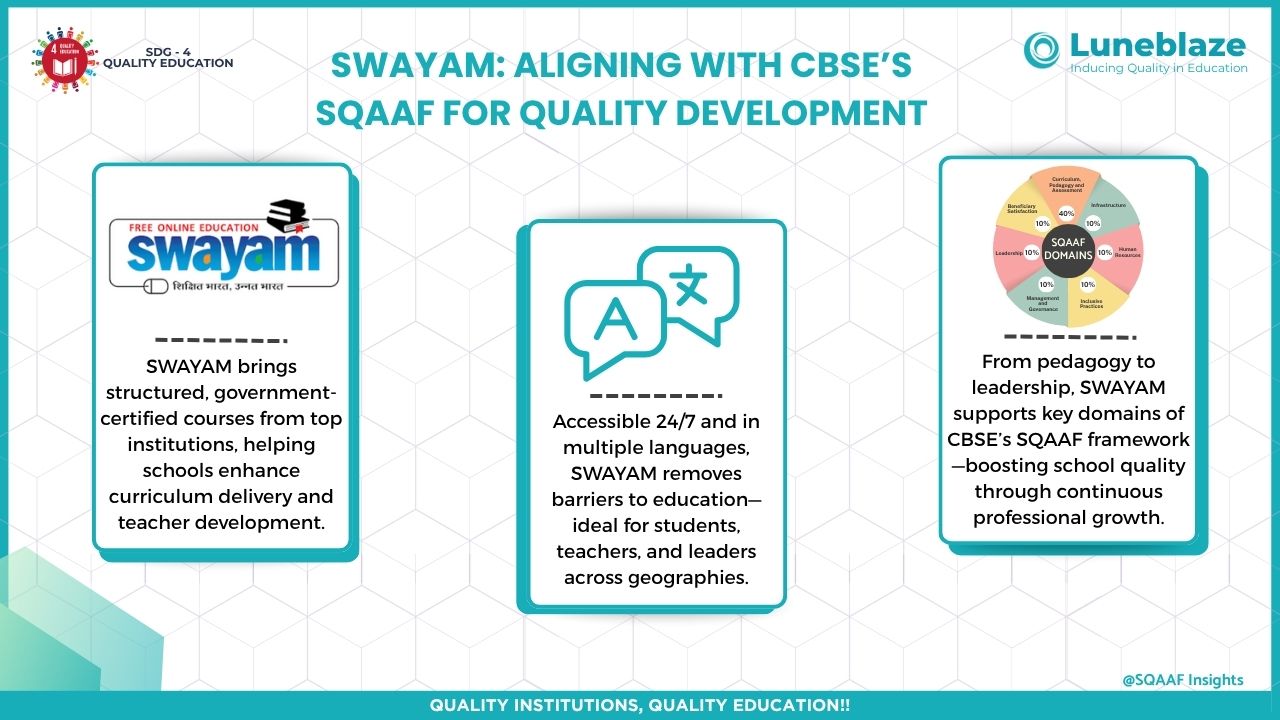
May 31, 2025
In an age where technology is rapidly reshaping the educational landscape, the Indian government's SWAYAM platform is at the forefront of making high-quality education accessible to all. Launched on July 9, 2017, by the Ministry of Education, SWAYAM—an acronym for "Study Webs of Active-Learning for Young Aspiring Minds"—aims to bridge the educational divide and democratize learning across the nation. SWAYAM is especially beneficial for schools working towards accreditation through frameworks like the CBSE School Quality Assessment and Assurance Framework (SQAAF), as it provides an extensive range of resources for both students and educators that align with various SQAAF domains such as curriculum delivery, teacher professional development, and leadership practices.
SWAYAM is not just another online education platform; it represents a significant leap in India’s efforts to provide equitable and high-quality education to learners at all levels. Whether you are a student, teacher, or school administrator, understanding how to effectively use SWAYAM can open doors to a wealth of learning opportunities that were once out of reach for many.
What is SWAYAM?
SWAYAM is a Massive Open Online Course (MOOC) platform designed to offer free, high-quality educational content to learners from Class 9 to post-graduation. The platform spans a wide array of subjects, including science, technology, humanities, management, and more, catering to a diverse learning audience.
Courses on SWAYAM are developed by top Indian academic institutions, including the IITs, IIMs, and central universities, which ensures that the content is of the highest academic standards. This collaboration between government institutions and the best educators in the country guarantees that learners have access to a range of resources that match global educational trends.
The platform is not just for students; it also offers valuable learning resources for teachers and educational leaders. As part of the platform's commitment to improving the quality of education in India, SWAYAM offers certification upon successful completion of the courses. In certain cases, credits earned from SWAYAM courses can be transferred to the learner’s primary educational institution, further integrating it into the formal education system.
Core Features of SWAYAM
1. Structured Learning Experience
One of SWAYAM's greatest strengths is its structured learning framework, which is designed to provide a comprehensive learning experience. Each course on the platform is divided into four quadrants:
Video Lectures: Expert educators create engaging video lectures that explain complex concepts in an easy-to-understand manner. These videos offer a dynamic learning experience that complements traditional classroom instruction.
Reading Materials: Courses come with downloadable reading materials that supplement the video lectures. These materials often include PDFs, slides, and relevant readings that help deepen the learner's understanding of the subject.
Self-assessment Quizzes: Every course includes quizzes and self-assessment tests to help learners track their progress and reinforce the learning material.
Discussion Forums: SWAYAM offers a collaborative space for students to interact with peers and instructors. These forums allow learners to ask questions, share insights, and resolve doubts, promoting active learning.
This multi-faceted approach ensures that learning is not limited to passive video consumption but actively involves students in their education through interactive and self-paced learning modes.
2. Flexibility and Accessibility
One of the core values of SWAYAM is making learning accessible to everyone, no matter where they are located. Students, teachers, and professionals can access the platform from anywhere with an internet connection. The platform is available 24/7, meaning that users can study at their own pace, in their own time.
This flexibility makes SWAYAM an ideal resource for people who may not have access to formal education institutions, such as those in remote rural areas, working professionals, or learners with specific educational needs. Moreover, SWAYAM courses are available in multiple languages, ensuring that language barriers do not restrict access to quality education.
3. Certification and Recognition
Upon completing a course, learners have the option to take a proctored examination. If they pass, they are awarded a certificate that is recognized by educational institutions across India. This certification serves as proof of their learning and can be a valuable addition to their academic or professional portfolio.
For some courses, these certificates can also count toward academic credits, depending on the institution’s policies. For example, students pursuing a degree in engineering might be able to transfer credits from a SWAYAM course to their university program, making it an integral part of their educational journey.
4. Inclusivity and Reach
SWAYAM’s reach is vast and inclusive. It ensures that education is not confined to urban centers or prestigious institutions but is available to anyone with an internet connection. By offering free courses, SWAYAM helps reduce the financial barrier to education, enabling learners from economically disadvantaged backgrounds to access quality learning opportunities.
The platform is also beneficial for adult learners who wish to further their education or acquire new skills for career advancement. This inclusivity aligns with the government's vision of "Education for All," ensuring that learning is a lifelong process and not limited to formal schooling years.
Why SWAYAM Matters for Schools: A SQAAF-Aligned Perspective
The CBSE School Quality Assessment and Assurance Framework (SQAAF) focuses on ensuring that schools meet high standards in various aspects, including curriculum quality, teacher competence, and overall educational management. By integrating SWAYAM into their teaching and professional development programs, schools can meet several SQAAF requirements, especially in the areas of:
Domain 1: Curriculum, Pedagogy and Assessment: Teachers can enroll in subject-specific NIOS or NCERT courses such as “Learning Outcomes at the Elementary Level” or “Assessment for Learning”, gaining deeper insights into competency-based education and formative assessment strategies. By integrating this knowledge into lesson plans, they align better with NEP 2020 and SQAAF benchmarks for learning outcomes and pedagogy.
Domain 2: Infrastructure: Schools that lack access to diverse academic resources can use SWAYAM to bridge the digital content gap. For example, installing a dedicated “SWAYAM Corner” in the library or ICT lab allows students to watch lectures from IITs and central universities, effectively turning a limited physical infrastructure into a hybrid learning space. This reflects positively under the “optimal utilization of infrastructure” criteria.
Domain 3: Human Resources: Teachers and administrative staff can use SWAYAM’s Annual Refresher Programme In Teaching (ARPIT) or IGNOU’s School Leadership and Management course to fulfill their CPD (Continuous Professional Development) requirements. This adds documented evidence of skill enhancement, a key requirement in staff appraisal systems under SQAAF.
Domain 4: Inclusive Practices: SWAYAM offers self-paced learning, multilingual content, and closed captioning, helping students with diverse learning needs, including slow learners or those from non-English backgrounds. Schools can also guide children from EWS categories to access courses on basic mathematics, science, or soft skills, ensuring equitable academic support.
Domain 5: Management and Governance: Principals and school managers can take up courses like “Educational Leadership” or “Managing Change in Educational Institutions”. By applying these learnings in school improvement plans (SIPs), they bring data-driven decision-making and transparency—key aspects of governance and institutional planning in SQAAF.
Domain 6: Leadership: School leaders who complete leadership or policy courses through SWAYAM can mentor staff more effectively and drive innovation. Their certification also strengthens the school’s documentation during CBSE inspections, showcasing commitment to personal and institutional growth—key indicators in the leadership domain.
Domain 7: Beneficiary Satisfaction: Schools can run student enrichment programs using SWAYAM’s courses like “Career Development”, “Financial Literacy”, or “Communication Skills”. Sharing course completion certificates during PTMs increases parental trust, while students feel empowered with nationally recognized certifications—leading to higher satisfaction across all stakeholders.
Moreover, schools can use participation in SWAYAM courses as part of their SQAAF self-assessment on the CBSE portal, providing evidence of continuous improvement and adherence to quality standards.
Why the Government Launched SWAYAM
SWAYAM was launched as part of the government’s broader initiative to enhance the quality of education in India. The primary goal is to ensure:
Access: Providing learning resources to students and teachers across India, especially in rural and underserved areas.
Equity: Ensuring that all learners, regardless of their socio-economic status, have access to quality education.
Quality: Offering courses developed by top institutions, ensuring high standards of education that can compete with global platforms.
In addition, SWAYAM complements the National Education Policy (NEP) 2020, which emphasizes the importance of digital learning and lifelong education.
In conclusion, SWAYAM is not just an online education platform; it is a national movement that aims to transform the educational landscape in India by making learning accessible, inclusive, and of the highest quality. For schools working toward meeting the requirements of CBSE’s SQAAF, integrating SWAYAM into their teaching and professional development efforts can be an important step. The platform offers numerous opportunities for students, educators, and institutions to enhance their educational experiences and prepare for a future of continuous learning.
Explore SWAYAM at swayam.gov.in
To assist Schools in their SQAAF Journey, Luneblaze provides a comprehensive AI-enabled end-to-end solution to schools for all their accreditation criteria needs, be it documents & evidence creation, self-assessment filing support on the CBSE SQAAF portal, workflow management, faculty trainings, audits, and consultancy support. With the help of Luneblaze’s AI-enabled solutions, institutions can organize and manage all their data related to accreditation and assessments like SQAAF for schools.
Together, let’s raise educational standards. Partner with Luneblaze for SQAAF success. Reach out: sqaaf@luneblaze.com
Trusted by
100+
Institutions
worldwide
since 2017
Get started with Accreditation Excellence
Explore how our AI-enabled accreditation solution simplifies the accreditation journey

